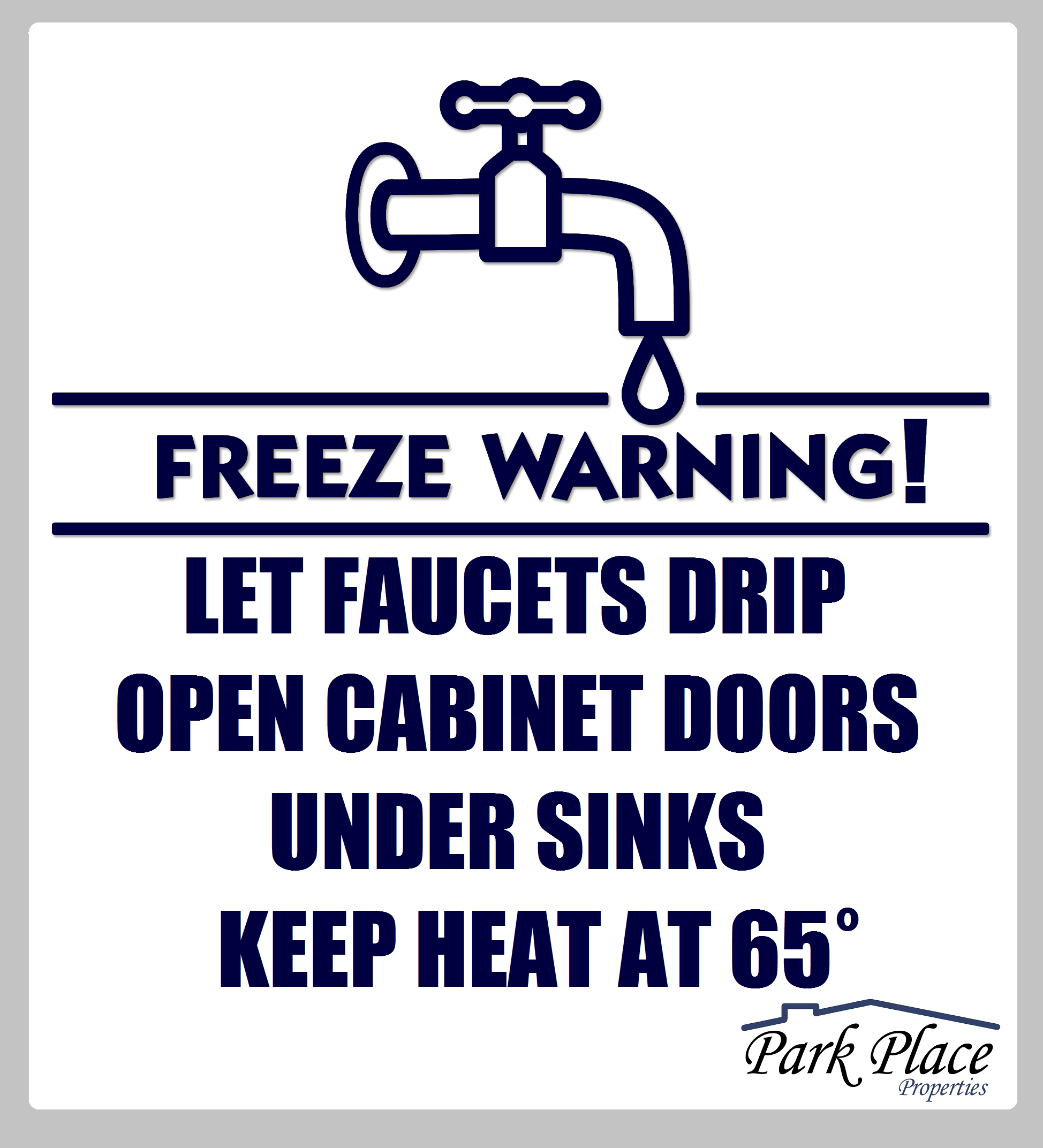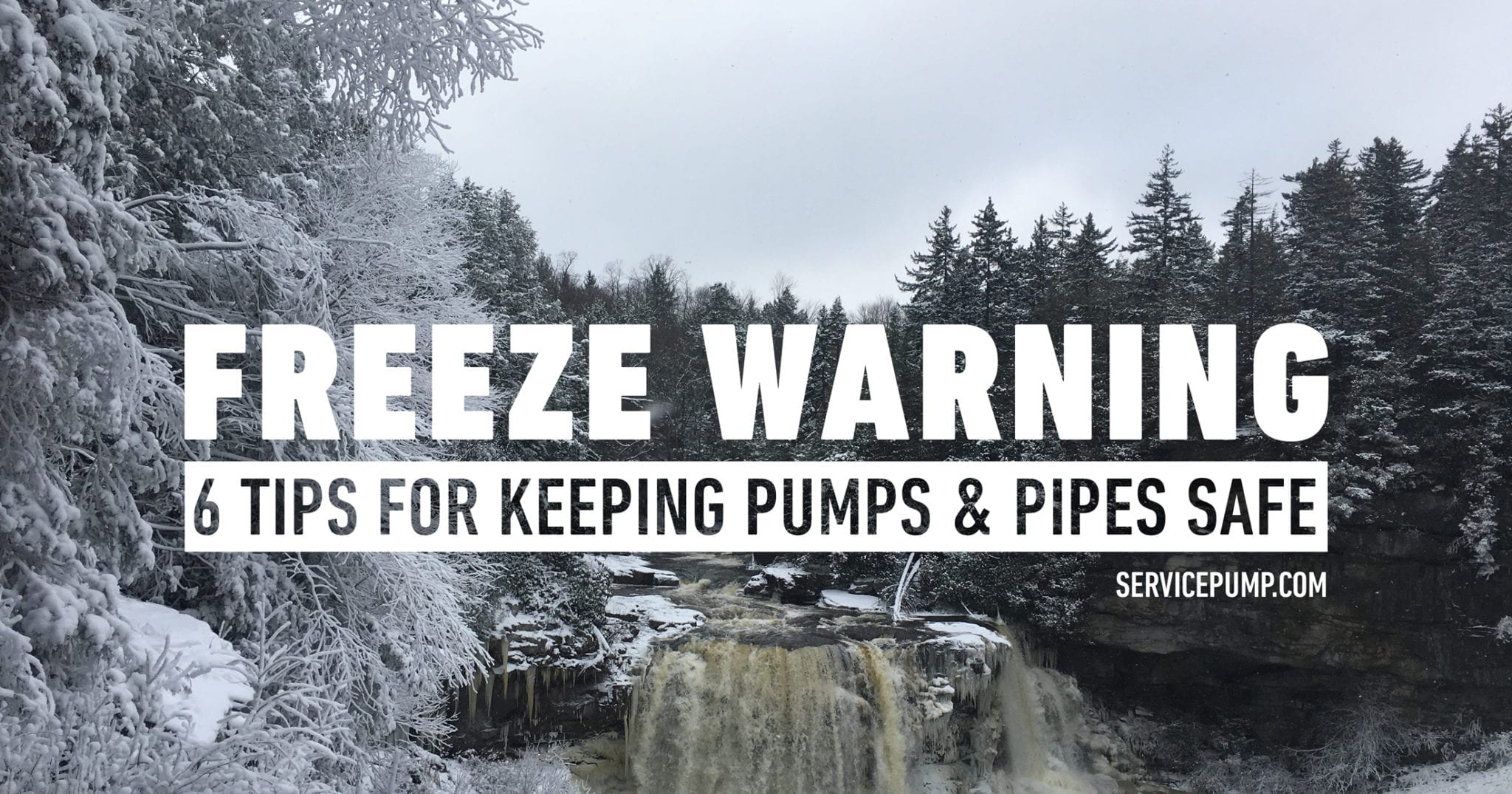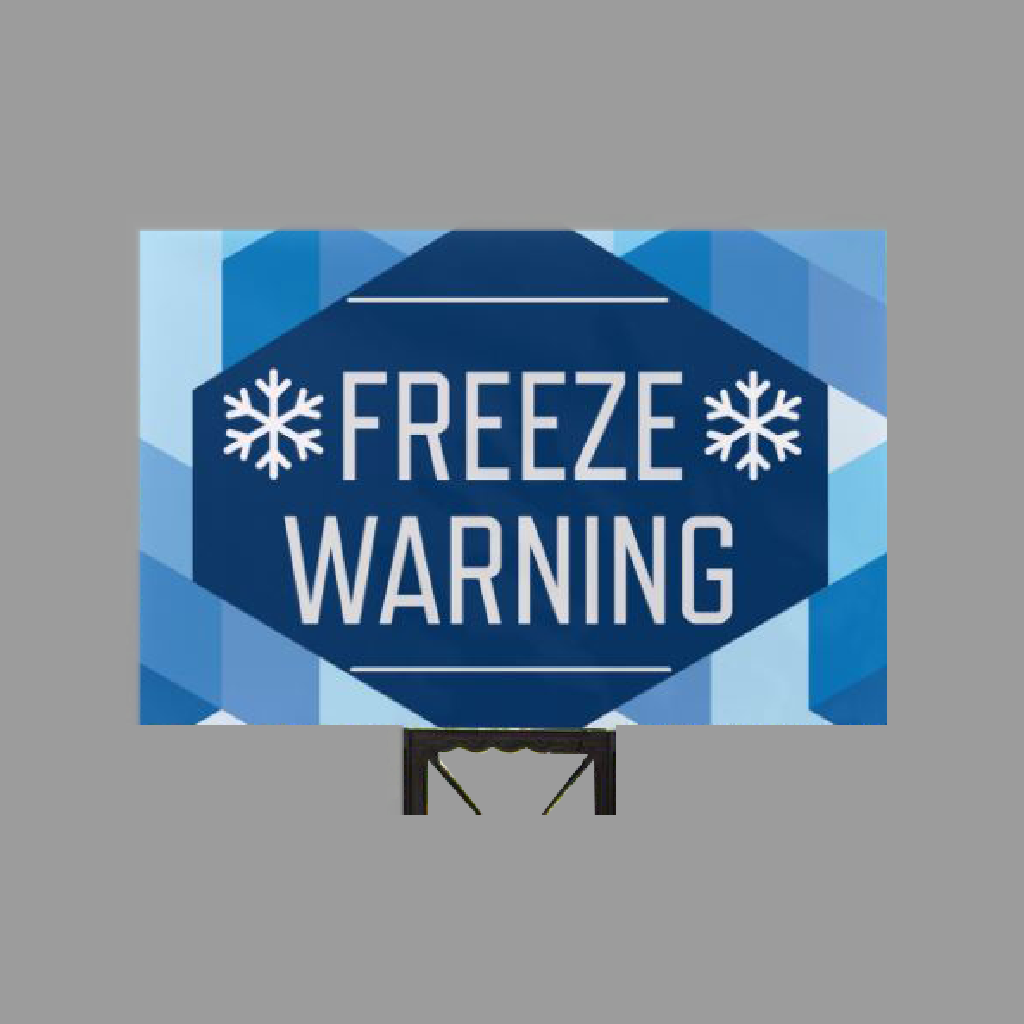You’ve probably heard the term "freeze warning" on the news or your weather app, but do you really know what it means? A freeze warning isn’t just some random alert that pops up when the temperature drops. It’s a serious warning that can have a huge impact on your daily life, your property, and even your health. Understanding freeze warnings and knowing how to prepare for them can make all the difference when the cold hits hard.
Picture this: it's late fall or early spring, and you’re just starting to relax after a long day. Suddenly, your phone buzzes with an alert. It’s a freeze warning. If you’re like most people, you might think, “Oh, it’s just going to be cold.” But here’s the thing—it’s not just about bundling up in a cozy sweater. Freeze warnings are a heads-up that temperatures are about to dip dangerously low, potentially causing damage to plants, pipes, and even your car.
So, why does this matter? Well, freeze warnings are more than just a weather forecast. They’re a call to action. From protecting your home to safeguarding your health, being prepared for a freeze warning can save you time, money, and a whole lot of stress. Let’s dive into what freeze warnings are, why they’re important, and how you can stay safe when the cold strikes.
Read also:Notti Osama Death Footage The Truth Behind The Viral Sensation
What Exactly is a Freeze Warning?
A freeze warning is issued by meteorological agencies when temperatures are expected to drop below freezing (32°F or 0°C) for an extended period. But here’s the kicker—it’s not just about the cold. A freeze warning is specifically designed to alert people to conditions that could damage crops, burst pipes, or create hazardous driving conditions. Think of it as nature’s way of saying, “Hey, it’s about to get messy out there.”
Unlike a frost advisory, which is more of a heads-up for light frost, a freeze warning is serious business. It means the cold is coming, and it’s coming hard. Depending on where you live, freeze warnings might be rare or a regular occurrence. Either way, they’re worth paying attention to.
Why Freeze Warnings Matter
So, why should you care about freeze warnings? Well, let’s break it down. For starters, freeze warnings can have a massive impact on agriculture. Farmers rely on these warnings to protect their crops from frost damage, which can ruin entire harvests. But it’s not just about farming. Freeze warnings also affect everyday people like you and me. They can lead to burst pipes, frozen car batteries, and even hypothermia if you’re not prepared.
And here’s something you might not know: freeze warnings can also affect the economy. When crops are damaged, food prices can skyrocket. So, even if you don’t have a garden, a freeze warning can still hit your wallet. Plus, if you’re caught off guard, you could end up with costly repairs for things like burst pipes or a broken water heater. In short, freeze warnings matter because they can affect almost every aspect of your life.
How to Prepare for a Freeze Warning
Now that you know why freeze warnings are important, let’s talk about how to prepare for them. The key here is to act fast. Waiting until the last minute can leave you scrambling and stressed. Here’s a quick checklist to help you get ready:
- Insulate your pipes to prevent freezing and bursting.
- Cover outdoor plants with blankets or frost cloths to protect them from the cold.
- Bring in any potted plants from outside.
- Check your car’s antifreeze levels and battery condition.
- Stock up on essentials like food, water, and blankets in case of a power outage.
- Make sure your heating system is in good working order.
By taking these simple steps, you can protect your home, your property, and your peace of mind. Plus, being prepared means you won’t have to stress about last-minute trips to the hardware store when the temperature drops.
Read also:Savannah Bananas Player Salary The Sweet Truth About Minor League Baseball Earnings
Protecting Your Home from Freeze Warnings
When it comes to freeze warnings, your home is one of the most important things to protect. Burst pipes and frozen water heaters can cause thousands of dollars in damage. So, how do you keep your house safe? First, insulate your pipes, especially those in unheated areas like garages and basements. You can also let your faucets drip slightly to keep water moving and prevent freezing.
Another tip? Keep your garage door closed as much as possible. This helps maintain a warmer temperature inside, which can protect pipes and other equipment. And don’t forget to seal any gaps around windows and doors to prevent cold air from seeping in. These small steps can make a big difference when the freeze hits.
Understanding the Impact on Agriculture
Freeze warnings can be devastating for farmers and gardeners. Frost can damage or kill crops, leading to significant financial losses. That’s why farmers take these warnings seriously. They use techniques like covering crops with frost blankets, irrigating fields to create a protective layer of ice, and even using heaters or wind machines to keep the air moving.
For home gardeners, the stakes might be lower, but the principles are the same. Protecting your plants from frost can ensure a successful harvest and save you money on replacement plants. Whether you’re growing vegetables, flowers, or fruit trees, a little preparation can go a long way.
Long-Term Effects of Freeze Warnings on Crops
When freeze warnings lead to crop damage, the effects can be felt long after the cold has passed. Farmers might lose entire harvests, which can drive up food prices for consumers. In some cases, the damage can be so severe that it affects the local economy. That’s why it’s crucial for farmers to have access to accurate weather forecasts and freeze warnings.
For home gardeners, the impact might be more personal. Losing a beloved fruit tree or a prized vegetable patch can be heartbreaking. But with the right precautions, you can minimize the damage and keep your garden thriving even during a freeze warning.
Health Risks Associated with Freeze Warnings
While freeze warnings are often associated with property damage, they can also pose serious health risks. Hypothermia and frostbite are real dangers when temperatures drop below freezing. Elderly people, young children, and those with certain medical conditions are especially vulnerable. So, how do you stay safe?
First, dress in layers. Wearing multiple layers of clothing can help trap heat and keep you warm. Don’t forget gloves, a hat, and a scarf to protect your extremities. If you’re heading outside, limit your time in the cold and take breaks to warm up indoors. And if you have pets, make sure they have access to a warm, dry shelter.
Signs of Hypothermia and Frostbite
Knowing the signs of hypothermia and frostbite can save lives. Hypothermia occurs when your body temperature drops dangerously low. Symptoms include shivering, confusion, and slurred speech. Frostbite, on the other hand, affects the skin and underlying tissues. It often starts with numbness and a tingling sensation, followed by discoloration of the affected area.
If you suspect someone has hypothermia or frostbite, seek medical attention immediately. In the meantime, get them to a warm place and remove any wet clothing. Avoid rubbing the affected area, as this can cause further damage. Staying informed about these risks can help you stay safe during a freeze warning.
Freeze Warning vs. Frost Advisory: What’s the Difference?
It’s easy to confuse freeze warnings with frost advisories, but they’re not the same thing. A frost advisory is issued when temperatures are expected to dip low enough to cause frost, but not necessarily below freezing. It’s more of a gentle reminder to cover your plants and bring in your outdoor furniture. A freeze warning, on the other hand, is a much more serious alert. It means temperatures are expected to drop below freezing for an extended period, potentially causing significant damage.
Understanding the difference between these two alerts can help you prioritize your preparations. If you only have a frost advisory, you might not need to worry about insulating your pipes or stocking up on supplies. But if it’s a freeze warning, it’s time to take action.
How Technology is Helping with Freeze Warnings
Thanks to advances in technology, we’re better equipped than ever to handle freeze warnings. Weather apps, smart thermostats, and even social media can provide real-time updates and alerts. For example, many weather apps allow you to set custom alerts for freeze warnings in your area. This way, you’ll know as soon as the alert is issued, giving you more time to prepare.
Smart thermostats are another game-changer. These devices can automatically adjust your home’s temperature to prevent pipes from freezing. And if you’re away from home, many thermostats can be controlled remotely via a smartphone app. This means you can ensure your house stays warm even if you’re not there to turn up the heat.
The Role of Social Media in Freeze Warnings
Social media platforms like Twitter and Facebook have become valuable tools for sharing freeze warnings and other weather alerts. Local news stations and meteorologists often use these platforms to provide updates and tips for staying safe. Plus, you can connect with your community to share resources and advice.
However, it’s important to verify the information you see on social media. Not all sources are reliable, so stick to official accounts and trusted organizations. By using technology wisely, you can stay informed and prepared for whatever the weather throws your way.
Conclusion: Stay Safe and Stay Informed
Freeze warnings might not sound like a big deal, but they can have a major impact on your life. From protecting your home to safeguarding your health, being prepared is key. By understanding what freeze warnings are, why they matter, and how to prepare for them, you can minimize the risks and stay safe when the cold hits.
So, what’s next? Start by checking your local weather forecast regularly and setting up alerts for freeze warnings in your area. Then, take some time to prepare your home and property for the cold. And don’t forget to share this article with your friends and family so they can stay informed too. Together, we can weather the storm—or, in this case, the freeze.
Table of Contents
- What Exactly is a Freeze Warning?
- Why Freeze Warnings Matter
- How to Prepare for a Freeze Warning
- Protecting Your Home from Freeze Warnings
- Understanding the Impact on Agriculture
- Long-Term Effects of Freeze Warnings on Crops
- Health Risks Associated with Freeze Warnings
- Signs of Hypothermia and Frostbite
- Freeze Warning vs. Frost Advisory: What’s the Difference?
- How Technology is Helping with Freeze Warnings


